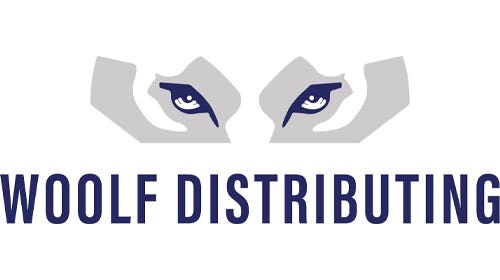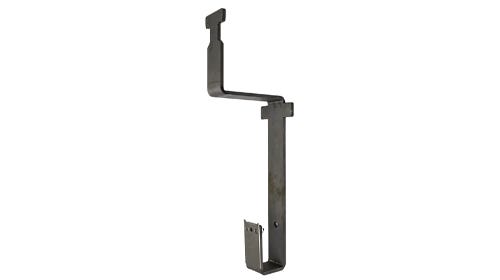Walnut sees a steady increase in interest
Walnut continues to be a top seller, according to hardwood dealers from across the country interviewed by Woodshop News. The wood’s popularity is attributed to its rich, dark color currently…
Walnut continues to be a top seller, according to hardwood dealers from across the country interviewed by Woodshop News. The wood’s popularity is attributed to its rich, dark color currently favored by designers. Walnut slabs, with the bark left on, are also selling extremely well.
Doug Grove of Groff Lumber in Quarryville, Pa., says the increase in demand started about 18 months ago and has picked up even more recently. “Walnut’s pretty hot right now,” Grove says. “I pretty much sell it as fast as I get it. All grades are moving, including lowers and uppers, and I’m selling an awful lot of single-piece tabletop material, two-piece tabletop material and countertop material in walnut right now.”
American black walnut (Juglans nigra) grows in the eastern and central parts of the U.S. It’s very easy to work with, dimensionally stable and takes finish well. Claro walnut (Juglans hindsii), found in the western U.S., often displays more color and figure.
Aaron Blumenkron of Goby Walnut Products in Portland, Ore., says he’s seen increased demand for what’s called Western walnut at his facility, described as a hybrid species of American and claro walnut.
“Last year we had a record year and this year we are about 10 percent of our sales last year,” Blumenkron says. “A big increase for us has been the live-edge slab market. Walnut slabs measuring 3” thick, 10’ long and 4’ wide have been really popular. We’re also moving a lot of 2” thick material.
“Western walnut is a little different than American for a couple of reasons. One, there’s more color variation, partly because the wood isn’t steamed when it’s dried, but it’s also just kind of a different species of tree so you get purples and blacks and browns and all sorts of stuff. And I think customers, just from my perspective, really like the unique flare of the Western walnut.”
Alan Zablonski of Berkshire Products in Sheffield, Mass., says the only downside to the walnut market is finding adequate supplies.
“People are going for the darker woods right now,” Zablonski says. “Walnut was out of it for almost 20 years. It used to be king, then it went down, and now it’s coming back. Designers are in love with it right now and eventually they’ll switch to something else.”
Across the country, 4/4 FAS black walnut retails for about $6.50/bf. Prices for 8/4 Western walnut were quoted at $11 to $13/bf.
This article originally appeared in the June 2014 issue.







